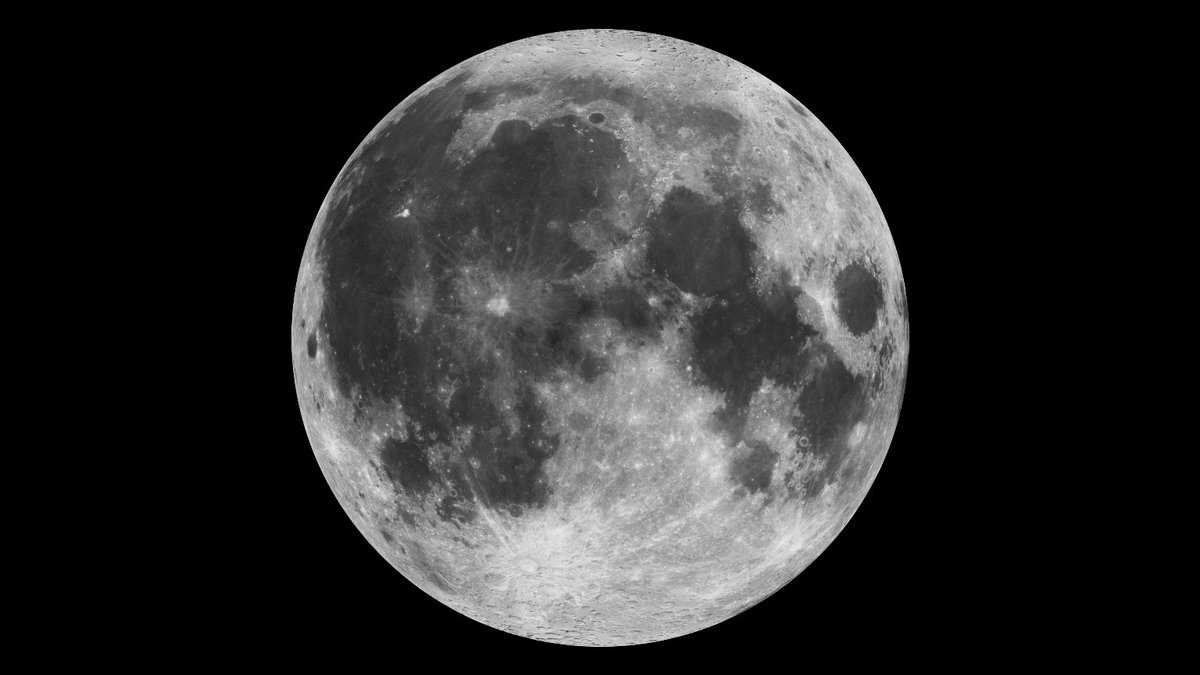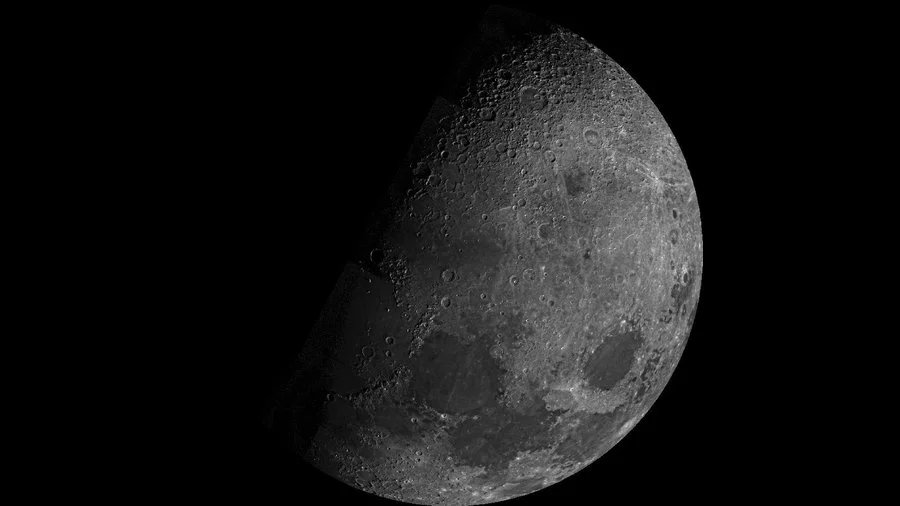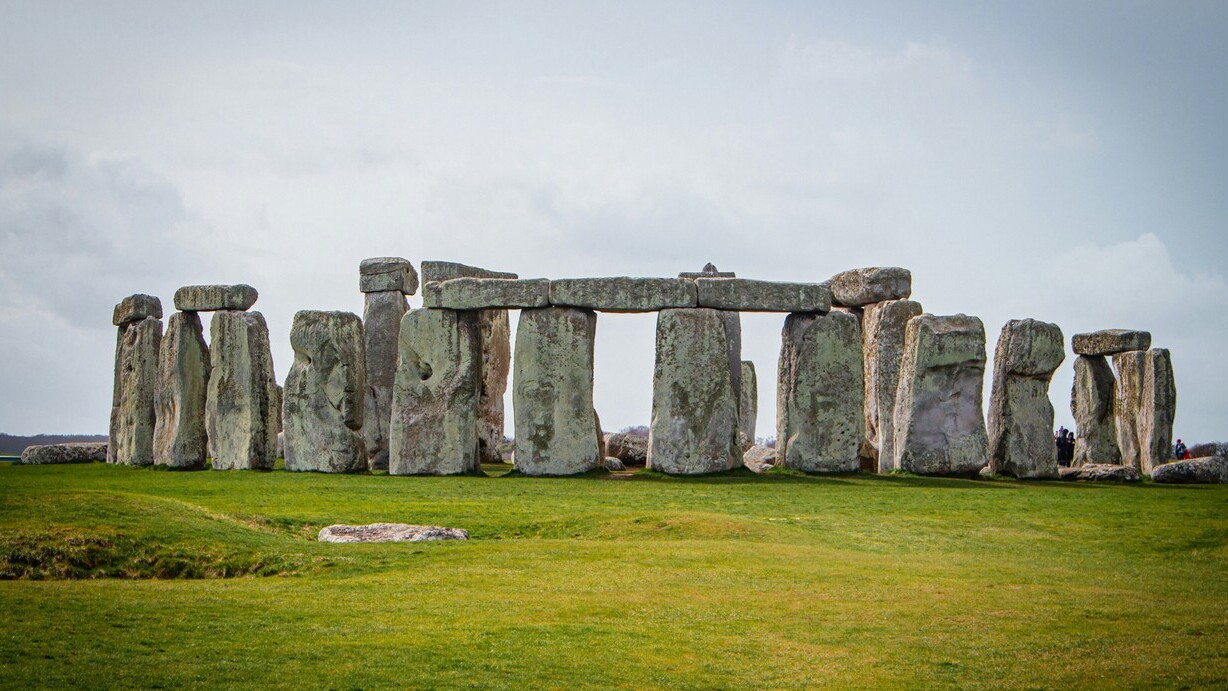Truth & Goodness
The Fall of the Literary Nobel: Why Are Laureates Unread?
14 December 2025

Why is the Moon's surface so asymmetrical – smooth and covered with vast plains on one side, yet full of craters and highlands on the other? For decades, scientists analyzed rock samples and the satellite's dynamics, but the key to solving this mystery was finally provided by NASA's GRAIL mission. Thanks to precise measurements of the gravitational field, a significant thermal and structural difference was discovered between the two hemispheres within the Moon, indicating much greater thermal activity and flexibility on one side than previously assumed.
The Moon is one of the most well-known celestial objects. For thousands of years, it has accompanied us as a point of reference, a source of inspiration, and a subject of study. It is astonishing that it still harbors mysteries that we are slowly beginning to uncover. One of the biggest enigmas concerns its asymmetry, specifically the difference between the side facing Earth and the unseen dark side of the Moon. Dark, smooth plains cover the part we see. The dark side of the Moon, however, is more rugged, covered in craters, and full of highlands. What caused the Moon to become so uneven?
The answer to this question was brought by NASA’s GRAIL (Gravity Recovery and Interior Laboratory) mission. As part of this mission, two small spacecraft, Ebb and Flow, orbited the Moon to measure its gravitational field.
A research team led by Ryan Park of the Jet Propulsion Laboratory used GRAIL data to calculate the Love number. This is an indicator that shows how much the interior of a planet or moon deforms under the influence of gravity. The higher it is, the more elastic and susceptible to deformation the celestial body is. Thanks to this, scientists can assess what is happening beneath the surface without the need for excavation. And it was this number that surprised the researchers.
“The estimated Love number is about 72 percent higher than the value expected for a spherically symmetric Moon,” states the work of Park’s team, as quoted by Earth.com.
This means that the mantle of our satellite on one side is significantly more susceptible to stretching and compression than on the other.

Photo: NASA/JPL
What accounts for this difference? Scientists have several hypotheses. Radioactive elements, trapped within the Moon billions of years ago, could play a role. Park’s team hypothesizes that once, on its visible side, powerful volcanic eruptions occurred. Lava flooded the surface, creating vast plains that we now call “lunar maria.”
Within this hot mass were radioactive elements that became trapped as the lava solidified. To this day, decay reactions occur within them, generating heat. As a result, the side visible from Earth can be up to 170°C warmer than the opposite side. This makes the rocks softer and more elastic, which in turn affects how they react to gravitational forces.
The dark side of the Moon, however, was less volcanically active, thus remaining cooler, harder, and less prone to deformation. It is these geological differences, visible on the surface today, that originate deep beneath it.
However, these contrasts are not limited to external features. As the Moon orbits Earth, it is subjected to tidal forces that cyclically stretch and compress it, similar to what happens with oceans on our planet. The difference here is that it concerns the rocks within. GRAIL mission measurements showed that the warmer side of the Moon bends and reacts to these forces much more dynamically than the cold side.
This can cause so-called moonquakes. Interestingly, many of them originate at depths between 800 and 1250 kilometers. It is there, according to researchers, that pockets of partially molten rock may exist, which are more susceptible to stress. And because the dark side of the Moon has a more compact structure, it flexes less and releases energy less frequently.
Such research does not end with our satellite. The dark side of the Moon has become key to understanding how the interior of other celestial bodies works. Similar geological differences can also be observed on Mars, which has smooth northern lowlands and southern highlands. Enceladus, Saturn’s moon, also shows signs of internal activity, ejecting watery geysers into space. Ganymede, Jupiter’s largest moon, possesses a strong magnetic field, also indicating processes occurring beneath its surface.
The measurement method used during the GRAIL mission, analyzing subtle gravitational changes, allows us to “look inside” celestial bodies without the need to visit them. If the dark side of the Moon reveals the secrets of its past thanks to gravity, other globes may be next in line.
You may also be interested in: Elon Musk’s Dark Internet Side: Are Starlink Satellites in the Sky Destroying Our Ozone Layer?

Science
13 December 2025


Zmień tryb na ciemny